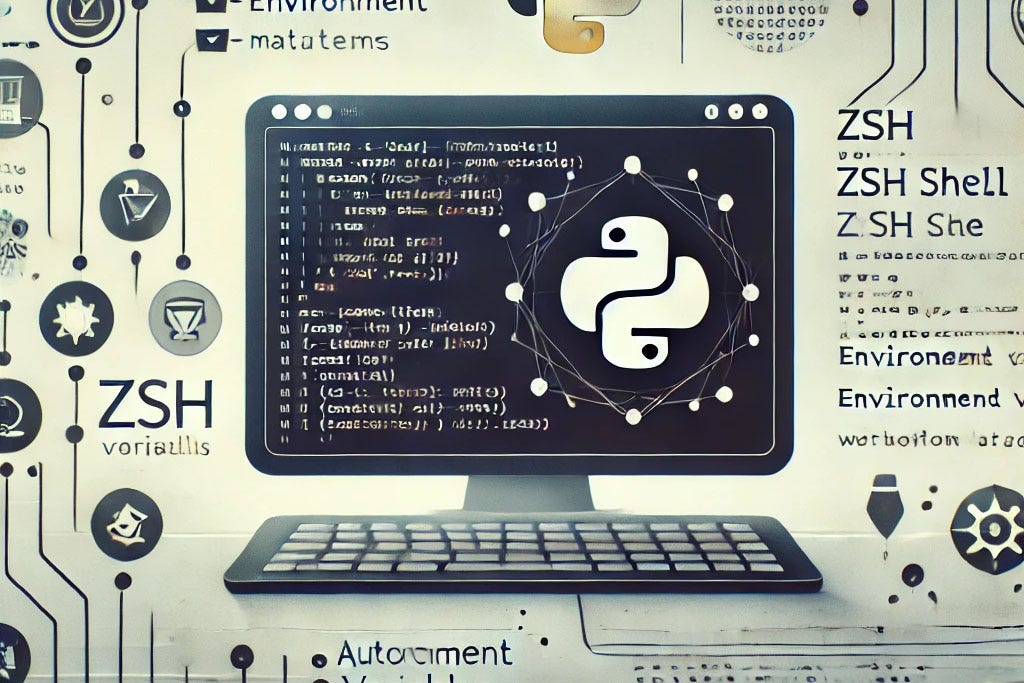Effectively Using ChatGPT as a Software Engineer

As a software engineer, enhancing your programming skills and productivity is essential in today’s fast-paced tech landscape. One powerful tool at your disposal is ChatGPT, an AI-driven chatbot capable of generating human-like responses to a variety of prompts. In this blog, we’ll explore how to effectively utilize ChatGPT to streamline your workflow and solve coding challenges.
1] Ask Questions
One of the most efficient ways to use ChatGPT is by asking it specific questions. When you encounter a problem in your project, simply type in your question and let ChatGPT generate a response.
For instance, if you’re working on integrating a third-party API and run into an issue, you might ask, “How do I troubleshoot API integration issues?” ChatGPT could respond with steps like:
- Check the API documentation for any known issues.
- Use a tool like Postman to test the API and ensure it returns expected responses.
- If those don’t work, reach out to the API provider’s support team for assistance.
2] Get Code Suggestions
ChatGPT is also a fantastic resource for generating code suggestions. If you’re unsure how to implement a specific function or algorithm, describe your goal to ChatGPT and receive tailored code snippets.
For example, if you need to check if a string is a palindrome, you can ask, “What’s the best way to check if a string is a palindrome in Python?” ChatGPT might suggest the following code snippet:
def is_palindrome(s):
return s == s[::-1]
3] Improve Your Coding Skills
ChatGPT can help you enhance your coding skills by providing coding challenges or explaining programming concepts. If you want to deepen your understanding of object-oriented programming, you might ask, “Can you explain the difference between inheritance and composition in object-oriented programming?” ChatGPT could explain:
- Inheritance allows a class to inherit properties and methods from a parent class.
- Composition involves creating classes that contain instances of other classes as member variables.
4] Use it as a Learning Resource
Finally, ChatGPT can serve as an invaluable learning resource. You can request recommendations for books, tutorials, or online courses to advance your knowledge.
For example, if you’re interested in machine learning, you could ask, “Can you recommend any good books or online courses for learning about machine learning?” ChatGPT may suggest resources such as:
- “Hands-On Machine Learning with Scikit-Learn and TensorFlow” by Aurélien Géron
- “Introduction to Machine Learning” course on Coursera
- “Python Machine Learning” by Sebastian Raschka
Conclusion
ChatGPT is a versatile tool for software engineers looking to improve their programming skills, receive coding suggestions, and learn new concepts and techniques. By integrating ChatGPT into your workflow, you can navigate coding challenges more effectively and enhance your overall productivity. Don’t hesitate to explore this powerful resource and unlock your potential as a software engineer!


